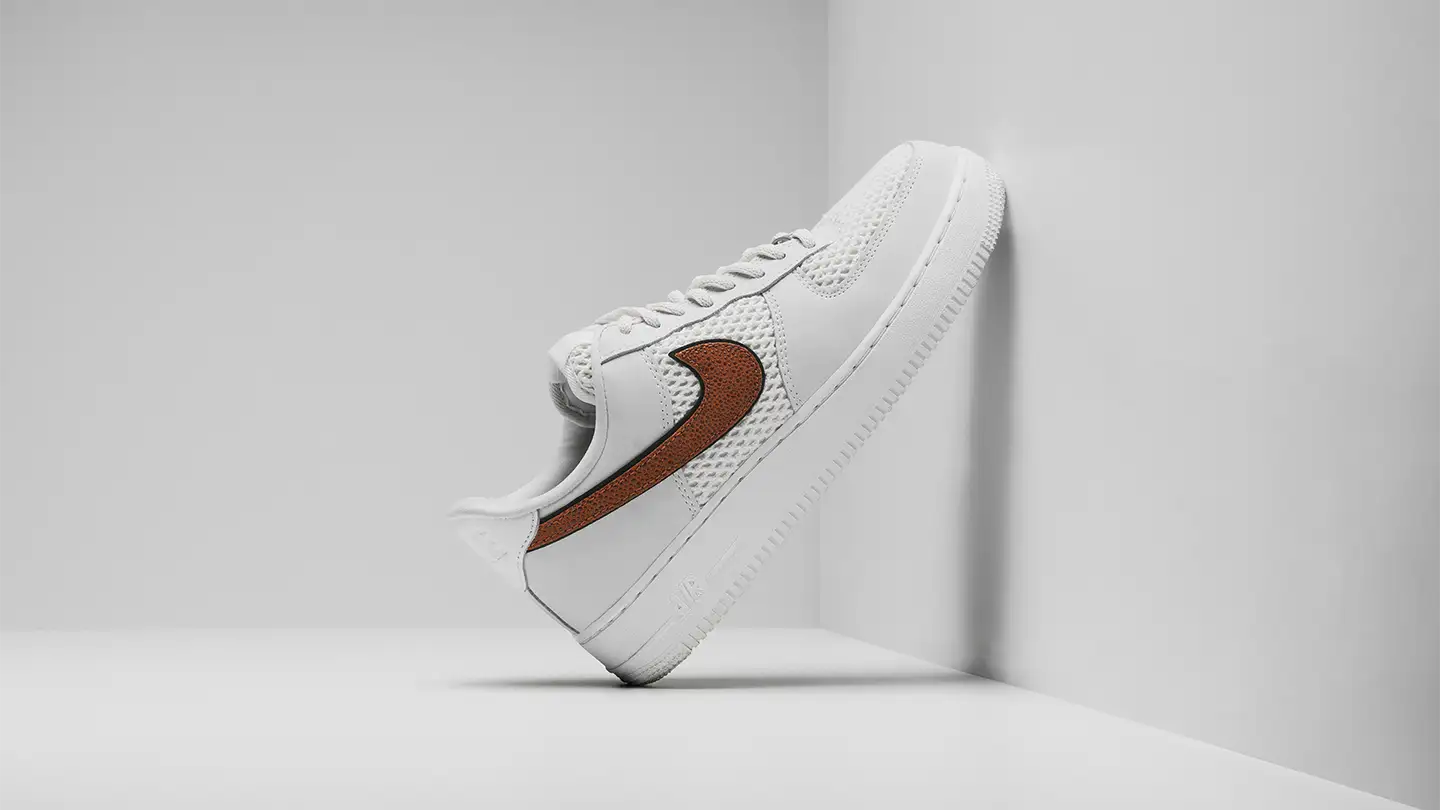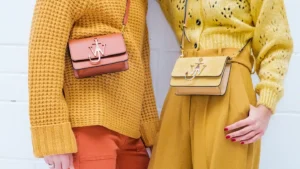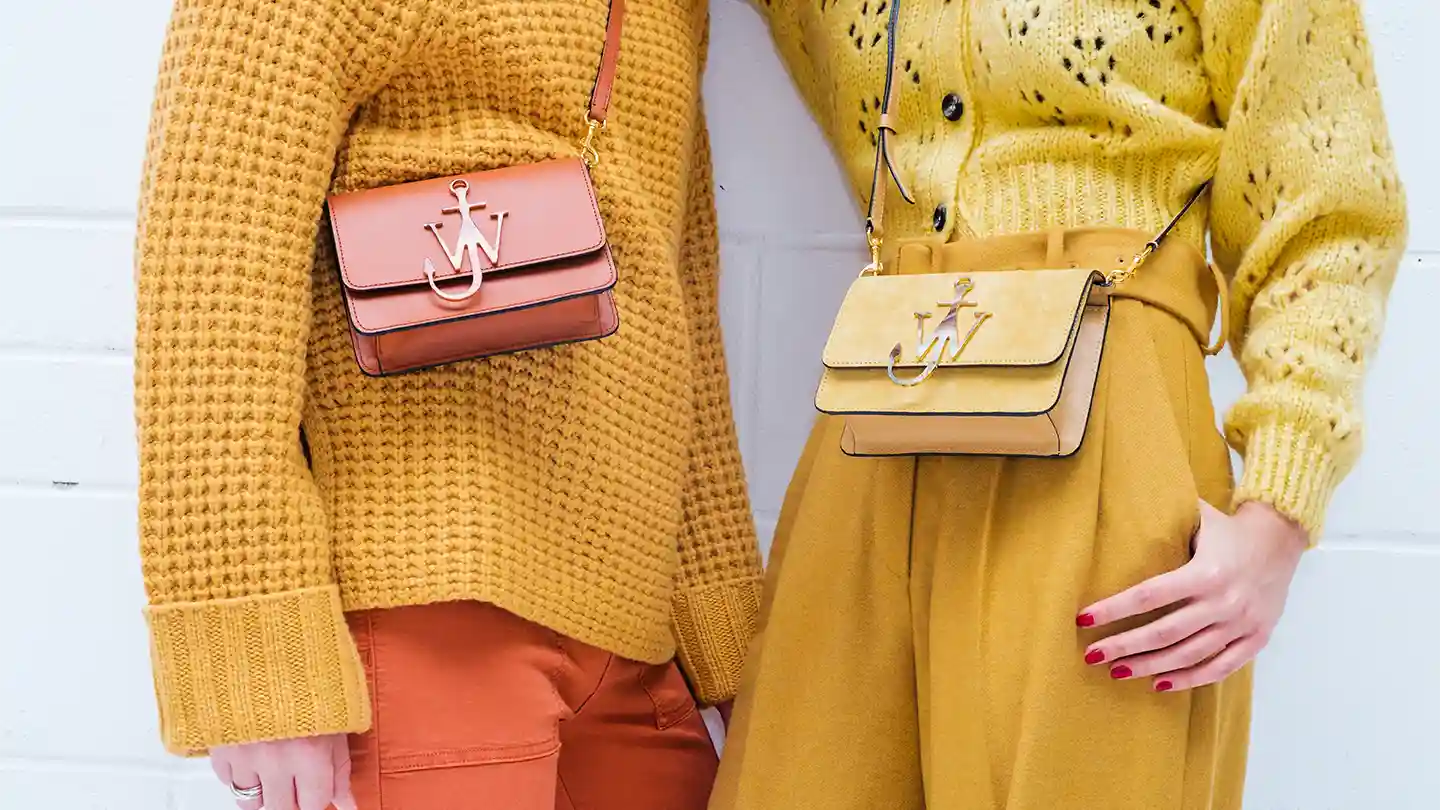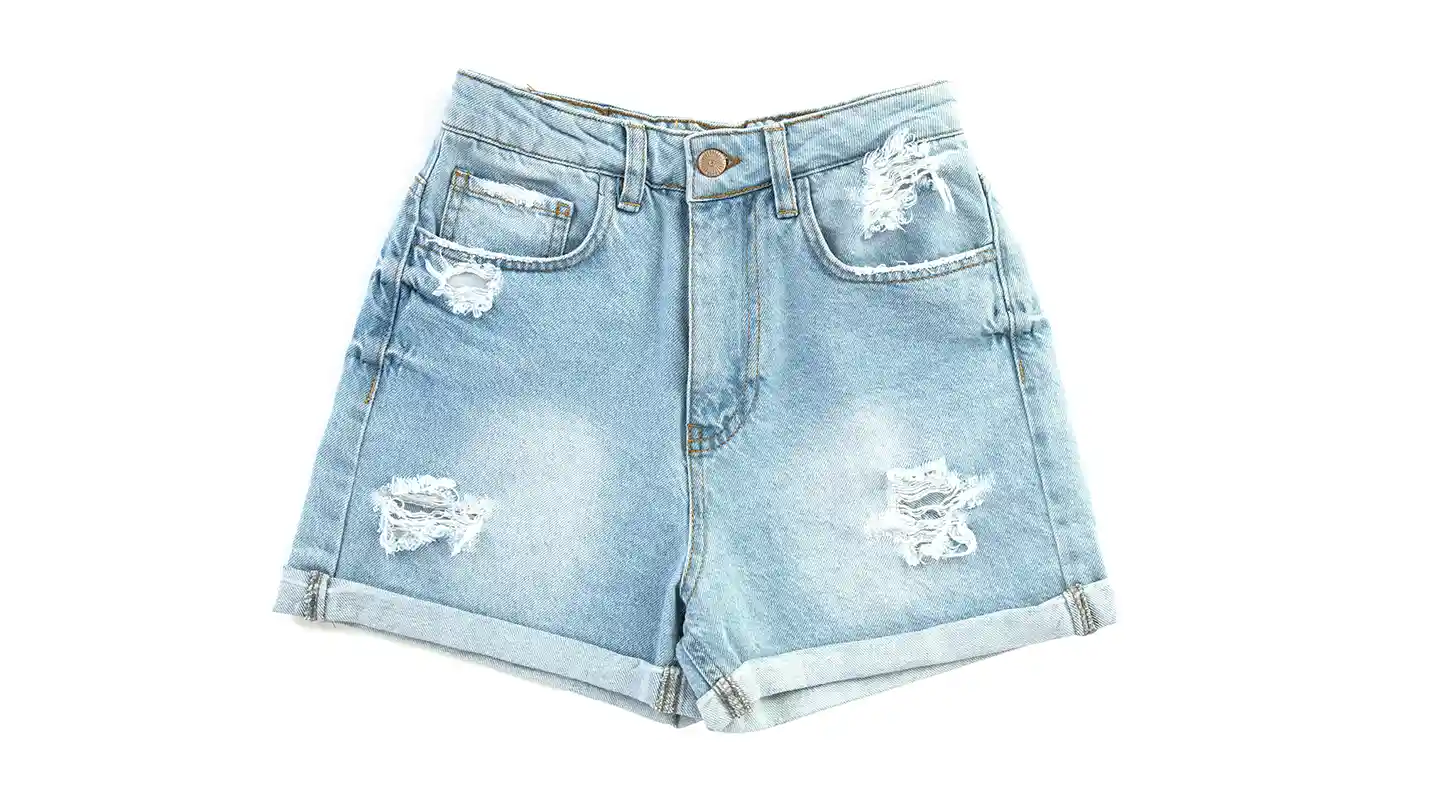Your cart is currently empty!

Sustainable fashion is more than just a trend—it’s a movement toward creating a wardrobe that respects the planet and its people. With fast fashion dominating the industry, it’s crucial to adopt practices that minimize environmental impact. Building an eco-friendly wardrobe doesn’t mean sacrificing style; instead, it’s about making intentional choices that align with sustainability.
By opting for sustainable brands, learning to reuse and upcycle, and prioritizing quality over quantity, you can reduce your carbon footprint while staying fashionable. Here, we’ll guide you through practical steps to create a wardrobe that’s stylish, ethical, and eco-conscious.
Let’s explore the key elements of sustainable fashion, from selecting eco-friendly materials to embracing timeless pieces that transcend fleeting trends.
1. Statement Necklaces
ast fashion encourages overconsumption and contributes significantly to environmental pollution. The industry’s rapid production cycles often lead to waste, poor labor conditions, and extensive carbon emissions.
To counter this, it’s important to understand the consequences of buying low-quality, disposable clothing. By educating yourself on the harm caused by fast fashion, you can make informed decisions and choose better alternatives.
2. Prioritize Quality Over Quantity
Investing in high-quality garments ensures they last longer, reducing the need for frequent replacements. Focus on timeless, versatile pieces that can be styled in various ways.
A minimalist wardrobe built with durable fabrics not only saves money in the long run but also aligns with sustainable practices by minimizing waste.
3. Choose Sustainable Brands
Support brands that prioritize ethical practices, use eco-friendly materials, and maintain transparent supply chains. Look for certifications like GOTS (Global Organic Textile Standard) and Fair Trade to ensure sustainability.
By buying from companies that uphold environmental and social responsibility, you’re directly contributing to a better world.



4. Embrace Secondhand and Vintage Shopping
Thrifting is a sustainable way to shop while uncovering unique, affordable fashion finds. Pre-loved items reduce demand for new production and keep clothing out of landfills.
Vintage shopping also adds character to your wardrobe, offering timeless pieces that never go out of style.
5. Practice Upcycling and Repairing
Instead of discarding old clothes, learn to repair or repurpose them. A small tear or faded fabric doesn’t mean the end of a garment’s life.
Creative upcycling projects can turn outdated clothes into trendy, new designs, helping you save money while reducing waste.
“Sustainable fashion isn’t a choice, it’s a responsibility”
— Diane von Furstenberg









Leave a Reply